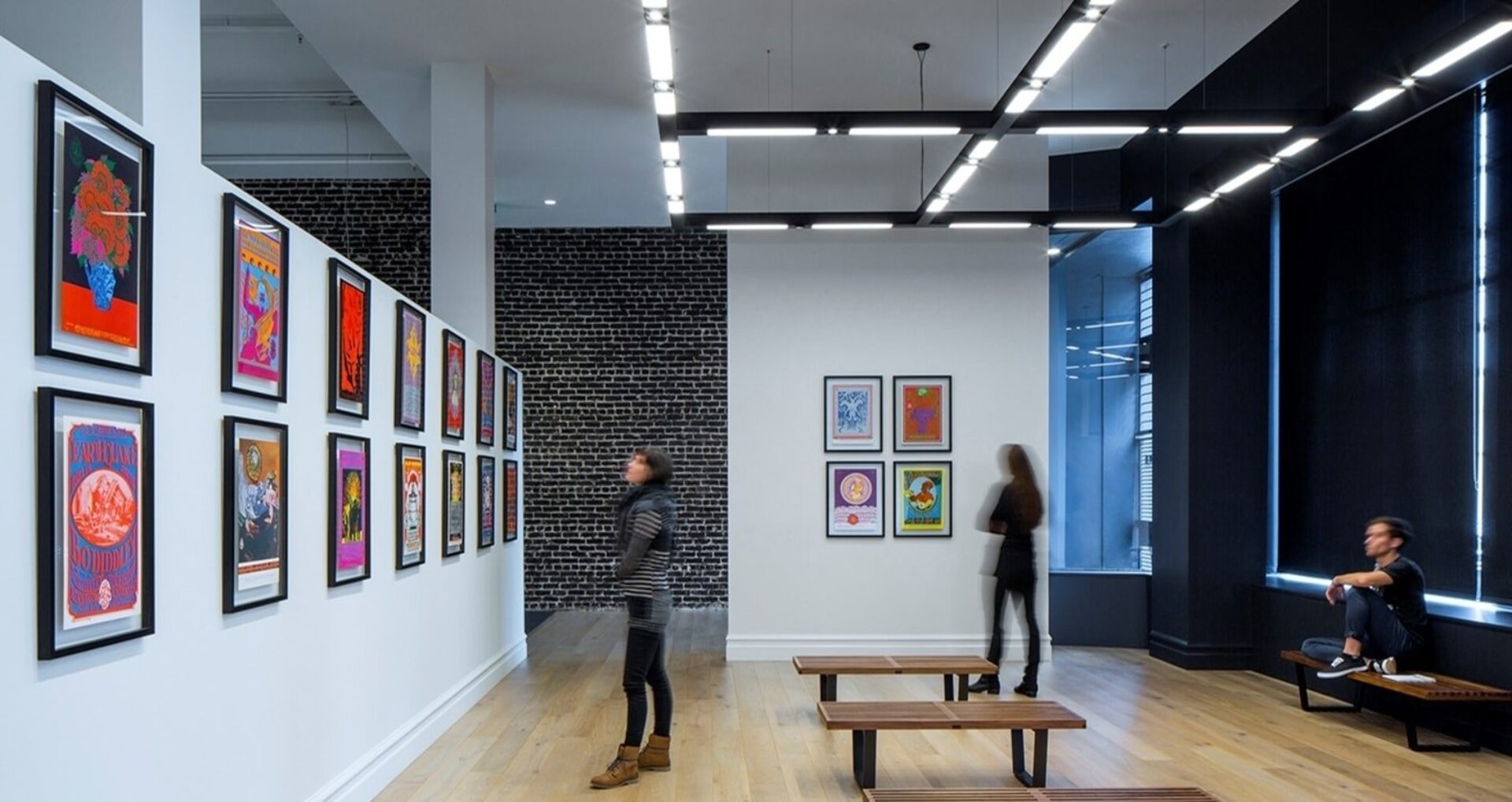In a recent Community as Strategy webinar event, presented by KI and IIDA, three San Francisco designers with an abundance of local knowledge discussed with moderator Cheryl S. Durst, Hon. FIIDA, executive vice president and CEO at IIDA the ways that built environments impact all of us and how we can continue designing with purpose post-pandemic.
Interior designers are collectors of stories and experiences, and it’s up to them to translate those experiences into the built environment. What can this look like post-COVID-19 and how can designers take into meaningful consideration both internal stakeholders and external communities when creating a physical space?
As 2020 comes to a close, we continue to find ourselves challenged in finding ways to rally around built environments as an expression of common goals and values. Our personal and professional networks, however, have become more important than ever, as strong communities are what sustain us. But we sure do miss our offices, and designers are reimagining how we can better utilize shared spaces in the future—whatever it may look like—and how they can be built to help us sustain and grow our communities.
Space Means a Lot
“You can’t just replace everything with a screen,” says Sandra L. Tripp, IIDA, principal and managing director of the Huntsman Architectural Group’s New York office. Even in the midst of a pandemic and an increased need for virtual interaction, “we still want to make connections with human beings. We shouldn’t always be looking at dead space when we’re having conversations with one another.”
The Impact of Design
As we have begun to rethink our spaces in terms of health and safety, designers are also cognizant of the ever-growing need for designing sustainably—whether that means repurposing materials, gaining a deeper understanding of waste streams, or utilizing already existing buildings to avoid hazardous demolition conditions.
In addition to sustainable practices, part of understanding the impact of design is knowing how and who a project will affect. When designing with a “community as strategy” method in mind, designers make certain that the spaces they are envisioning are reflective of people’s stories and needs.
Bringing the Outside In
When we talk about “community,” or when we think about who is impacted by a design project, we aren’t always describing the most obvious and visible group of end-users. Every time a new building goes up or an older space gets repurposed, it directly and indirectly affects outside communities, for better or for worse. “Companies and organizations can no longer be disconnected from external communities, especially after the pandemic has blurred our lives,” says David Meckley, IIDA, principal at Huntsman Architectural Group. “Clients want to know how firms and organizations can actually be a part of the community they are building in.”
Watch the full conversation:
This conversation was moderated by Cheryl S. Durst, Hon. FIIDA and Executive Vice President/CEO of IIDA and featured panelists Amy Campos, IIDA founder and principal at ACA and tenured associate professor and chair of interior design at California College of the Arts; Sandra L. Tripp, IIDA principal and manager director, New York at Huntsman Architectural Group; and David Meckley, IIDA principal at Huntsman Architectural Group.
For more information on upcoming programming from and in partnership with IIDA, visit our events page.
